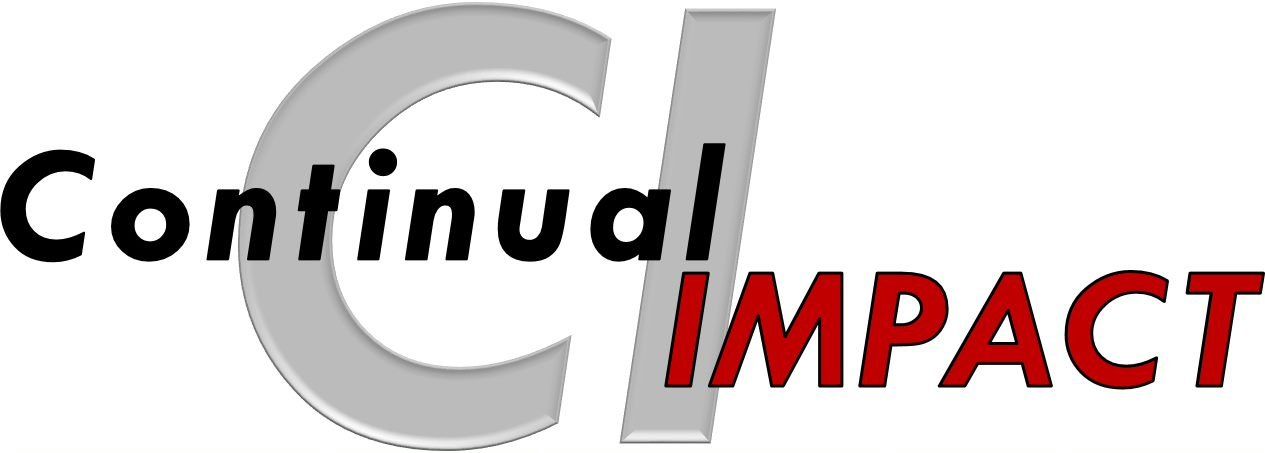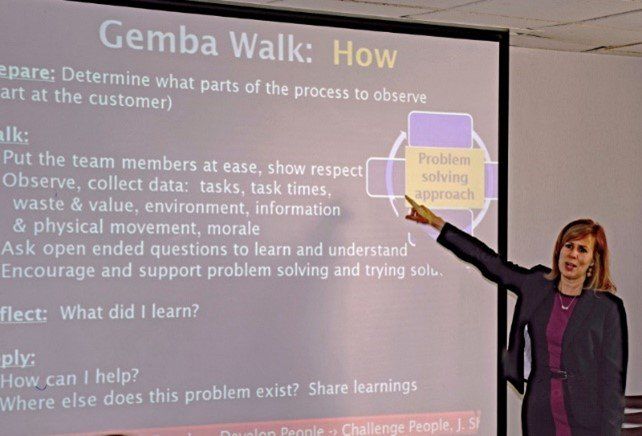Leading an Improvement Culture: Leadership Education:
Goal of Leadership Education:
To understand the key role, behaviors, and skills of leaders in a high performing culture of improvement and begin applying the skills in a practical manner. High performing organizations are all about engaging and empowering all organization members in actively improving the workplace and work processes every day. An essential key to the organization’s success and the development of the most important resource – People, is through leaders (anyone who observes and directs the work of others).
This Leading in a Culture of Improvement course provides teaching and application of critical leadership knowledge, skills, and abilities.
Benefits:
- More encouraging, supporting, and leading teams to achieve improvement at a rate greater than before and beyond what is thought possible!
- The ability to explain the what, why, and how of improvement (including what is in it for the individual, and the benefits case for the organization).
- A greater understanding of our current culture.
- See the importance of our people and how to develop and engage them in meaningful ways.
- Improved communication skills (from elevate speeches to 1-1).
- More leadership problem solving methods, templates, and skills that support and enable the culture.
- Identified performance gaps. ∆ Identified opportunities to help our people develop knowledge and skills, to engage them in CI in meaningful and important ways, and how to better enable their success.
- Participation in this training & demonstrated application of skills and behaviors = Leadership CERTIFICATION.
Agenda:
Training: 18 hours of interactive education and application.
Application and Coaching: One-on-one coaching until results are achieved.
Certification: Participation in this training & demonstrated application of skills and behaviors = Leadership Belt CERTIFICATION.
- Creating a picture of your culture.
- Understanding the elements that support the culture.
- Enabling the most important element – People.
- Developing good people relations.
- Understanding the leadership improvement cycle.
- Establishing organization focus and priorities.
- Role modeling behaviors that support and enable the culture.
- Understanding and helping prepare people for change.
- Leading the way forward.


